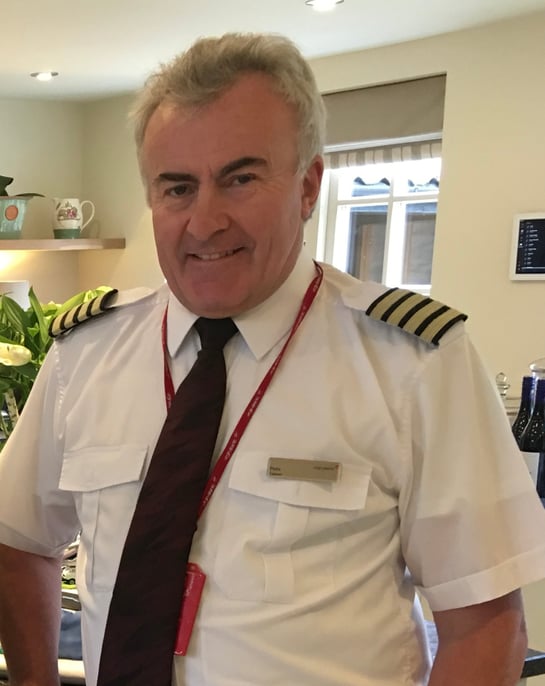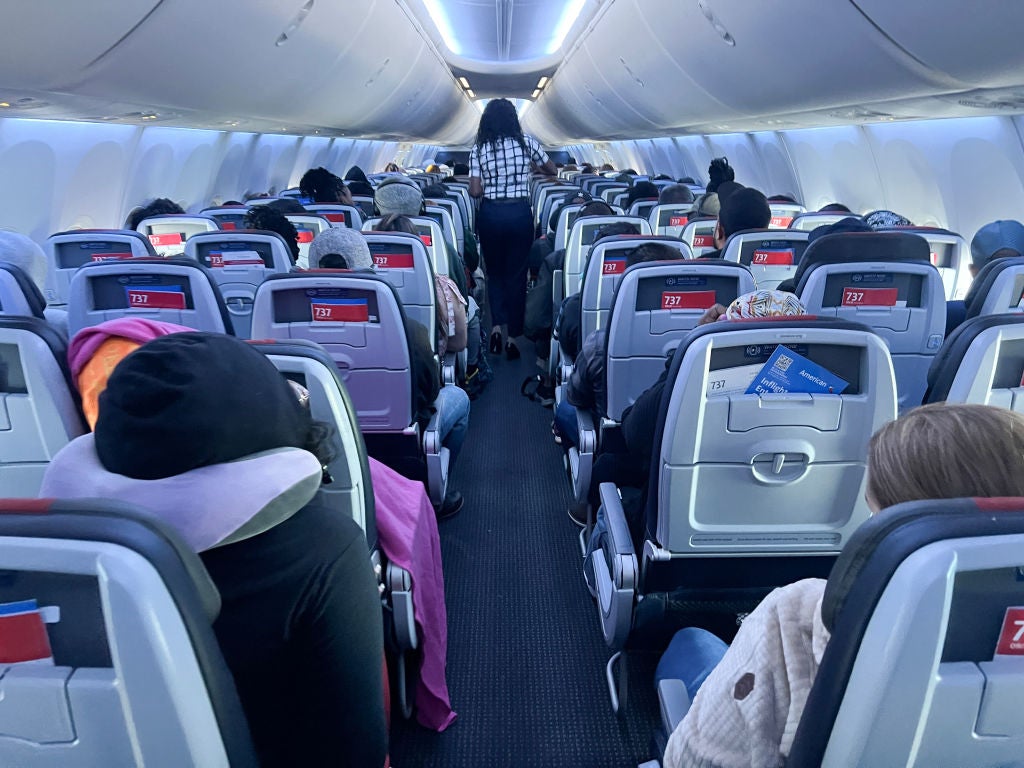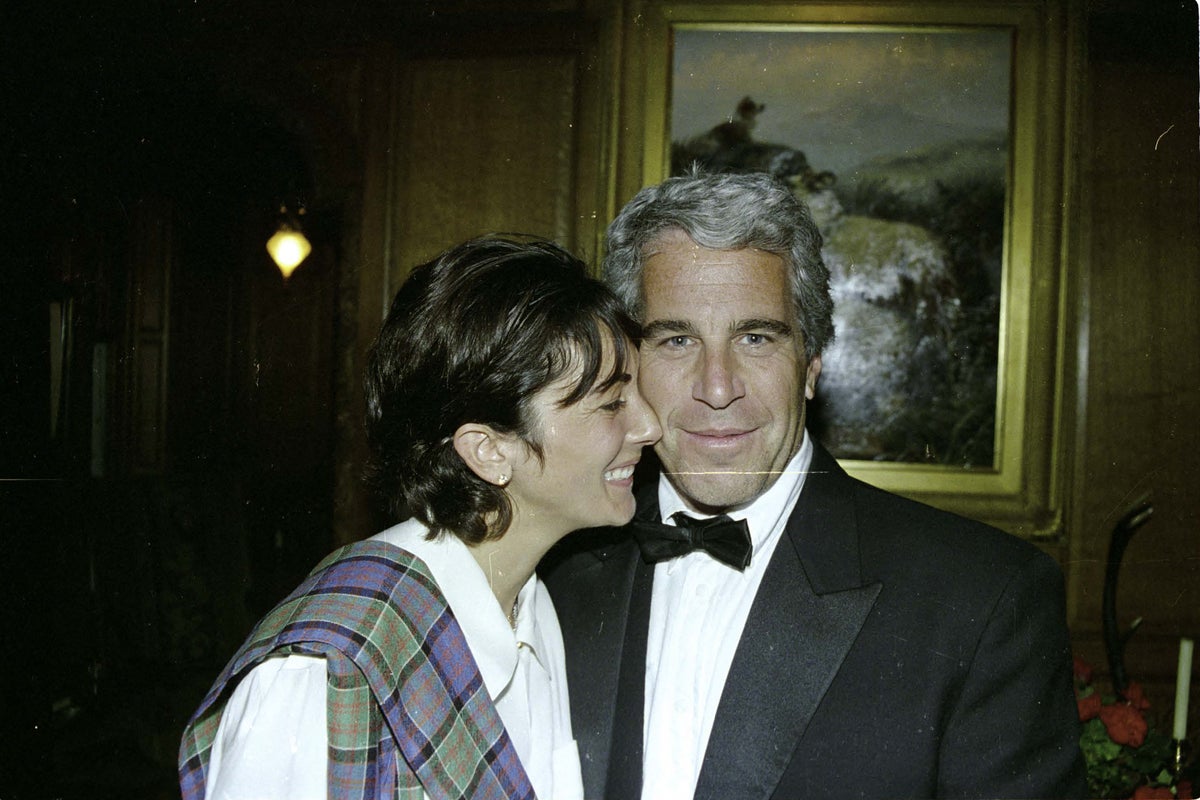When you’re squished into a full economy row on a plane, it can be tempting to swap into an empty seat nearby once boarding is complete.
However, doing so could put the aircraft in jeopardy, according to former Virgin Atlantic captain and social media sensation, “Pete the Irish Pilot”.
He explained to The Independent that passengers shifting from one part of the airplane to another could make it behave in unpredictably dangerous ways during take-off and landing.
He said: “To start moving seats, especially in significant numbers, to unplanned areas, could significantly impact the aircraft’s balance.
“If everyone were to sit at the front of the aircraft, it could make getting off the deck harder compared to the norm, or even, in some cases, impossible. Conversely, everyone sitting in the back end might cause the aircraft to tip on its tail on take-off or encounter a tail scrape on touchdown.”

Pete, whose full name is Pete Hutchison, explained that where passengers are sitting forms part of the flight crew’s take-off and landing calculations.
He explained that the aircraft fuselage is “like a see-saw”, and that it must be loaded in such a way that the nose tips neither up nor down.
He continued: “Flying safely is about keeping the aircraft correctly balanced. That is, within the airplane’s operational center of gravity. And it is crucial that the center of gravity be within an envelope — or limits.
“To achieve that, it is essential that the aircraft is loaded — crew, passenger, baggage, cargo, fuel, and catering — with all the weight distributed correctly. Or as aviators refer to it, being ‘in trim’.
“It follows, then, that the effect of passengers being on board, as well as where they are seated, is an intrinsic part of that balance computation.”
This crucial safety aim, Pete explained, is the work of load planners and the dispatcher, who log the aircraft’s trim data into a load sheet, that is then checked by both ground staff and the aircraft captain.
“Your specific position in the cabin is one of the variables in that aircraft trim calculation,” said Pete. “During a flight, you can move around, including to a different seat [with permission], but you must be in your allocated seat for both the take-off and the landing.”

Of course, there have been airlines, such as Southwest, that let passengers choose where they sit when they board (though Southwest is ending this system in 2026).
Does that mean they’re operating unsafely? Far from it.
Pete revealed that seat-swapping only becomes a significant safety issue when the plane is less than 80 percent full. On these less crowded services, the flight crew will always distribute passengers to maintain the plane’s center of gravity — for instance, by seating them over the wings — and to ensure emergency exits are manned in case they are not covered by a cabin crew member or able flyer (leaving an emergency exit seat is a double no-no).
Further seat-swapping issues, from safety to service, were highlighted by Jay Robert, who has worked as a senior cabin crew member for Emirates and runs the popular Fly Guy’s Cabin Crew Lounge network.
He told The Independent: “Our systems are designed so that the seat you’re assigned has your personal information tied to it. If we need to locate you, we search our devices or passenger lists by name.
“There have been many times when I’ve received an important message from the ground about a passenger’s connection or even an emergency situation that requires immediate communication, and we go straight to the seat number listed in the system.
“When a passenger moves without telling us, we have to start a hunt to find them.”
He added: “Also, seat swapping without letting crew know can make service difficult. For example, if you’ve ordered a special meal, an unauthorized seat swap could mean your meal never reaches you.
“Just ask us first.”
For more from Pete, visit www.youtube.com/@PetetheIrishPilot and instagram.com/petetheirishpilot.


